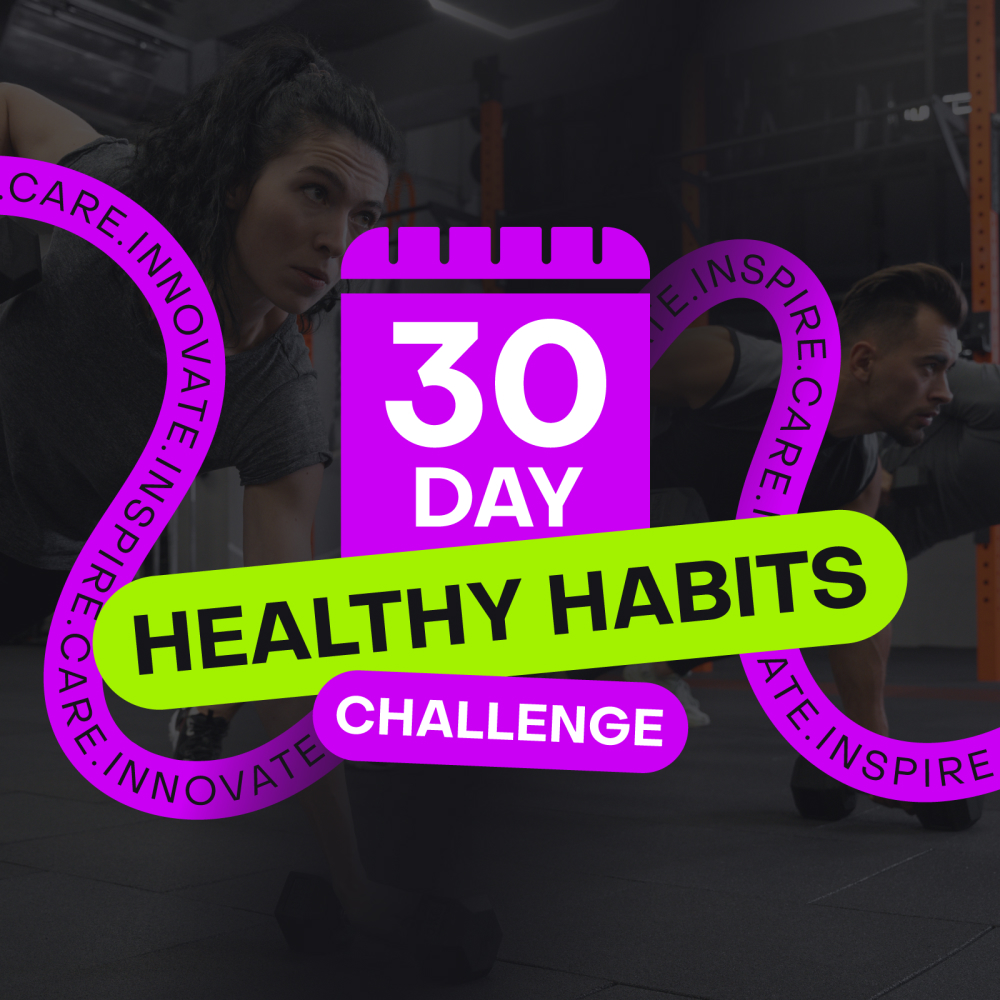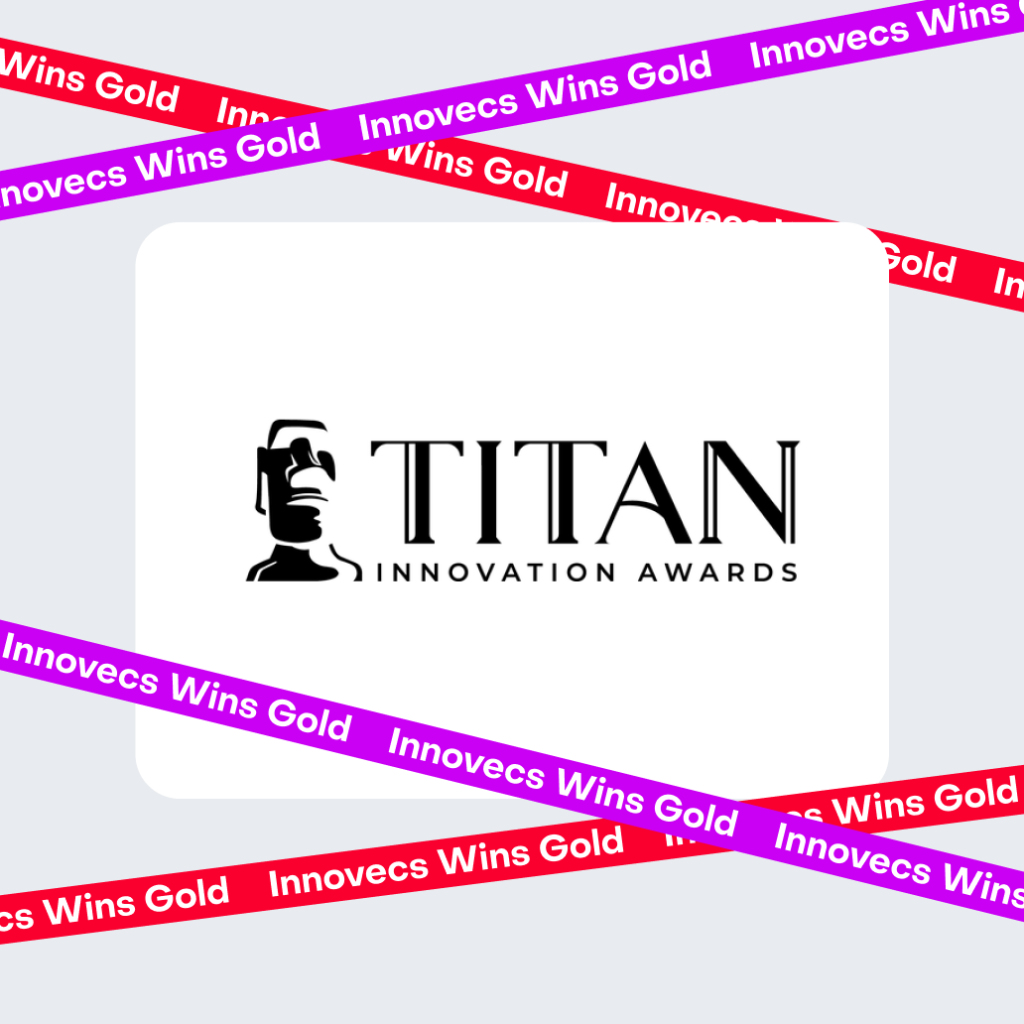
Agile methodologies have genuinely transformed the landscape of service delivery and tech companies, ushering in a fresh era of adaptability and flexibility that perfectly matches the demands of today’s fast-paced business world. The significance of Agile methodologies runs deep, not only streamlining processes but also fostering a culture of ongoing improvement and collaborative spirit.
Within the service delivery context, Agile methodologies introduce a dynamic approach that empowers teams to swiftly and effectively address evolving client needs. Unlike conventional linear models, Agile encourages iterative development and constant feedback loops. This iterative nature ensures that services are refined in real time, allowing companies to quickly adjust their strategies based on market trends and customer preferences.
In the tech sector, characterized by innovation and rapid technological advancements, Agile methodologies play a pivotal role in keeping companies on the cutting edge. By promoting incremental updates, short development cycles, and a customer-focused mindset, Agile enables tech companies to swiftly incorporate new technologies or features into their products and services, positioning them as frontrunners in a highly competitive industry.
Ultimately, Agile methodologies offer a structured yet flexible approach to project management and service delivery, enabling companies to deal with complexities more effectively and quickly adapt to market changes.
The list of Agile methodologies encompasses Scrum, Kanban, Extreme Programming (XP), Feature-Driven Development (FDD), Dynamic Systems Development Method (DSDM), Crystal, Adaptive Software Development (ASD), and Lean Development. Irrespective of the specific methodology chosen, each one contributes to enhancing efficiency and effectiveness across the software development journey.
Agile methodologies are underpinned by core principles that set them apart from traditional project management approaches. Notably:
- Emphasis on close client interaction throughout development, ensuring alignment and avoiding miscommunication.
- Responsive adaptation to changes is integral to Agile, given the ever-evolving nature of markets, requirements, and user feedback.
- Effective, timely team communication is pivotal for success.
- They are embracing changes that deviate from the plan as opportunities for product improvement and enhanced interaction.
- Agile’s key distinction from systematic work lies in its ability to combine speed, flexibility, quality, adaptability, and continuous results enhancement.
Importantly, it’s essential to recognize that the implementation of Agile methodologies can vary across organizations. Each entity can tailor its approach based on its specific requirements, culture, and project nature. It’s worth noting that this approach is fluid and can evolve as market dynamics change during the work process. The primary challenge of adopting Agile is initiating the process from scratch and conveying to stakeholders the benefits of an alternative approach. However, the most significant reward is a progressively improving outcome, including enhanced team communication, client trust, reduced risk impact, increased transparency, and openness.
Effective communication serves as the backbone of any successful project. It’s imperative to maintain constant synchronization and know whom to approach when challenges arise, which aren’t easily resolved. Numerous tools facilitate this process, including daily meetings, planning sessions, and task grooming (encompassing all stakeholders involved in tasks).
Retrospectives also play a pivotal role, providing a platform to discuss positive aspects of the sprint, address challenges that arose, and collaboratively find solutions. Every company can select the artifacts that align with their needs. Maintaining communication with the client is critical, as the team must be aware of plans and the overall business trajectory.
Agile practices foster transparency and real-time feedback, resulting in adaptive and client-centric service delivery:
- Iterative development ensures the client remains informed about each sprint’s outcomes.
- Demos, showcasing completed work to the client offer a gauge of project progress and alignment with expectations.
- Close interaction and feedback loops with the client are central during development.
- Agile artifacts—such as daily planning, retrospectives, and grooming to name a few — facilitate efficient coordination.
- Continuous integration and testing ensure product stability amid regular code changes.
Change is an undeniable reality in today’s ever-evolving business landscape. Agile methodology equips your team with the agility needed to accommodate evolving requirements and shifting client swiftly needs in service delivery.
Our operational approach involves working in succinct iterations or sprints, consistently delivering incremental value within short timeframes. This methodology empowers teams to respond promptly to changing prerequisites and adjust priorities based on invaluable customer input.
Agile not only facilitates the rapid assimilation of new customer requirements and preferences but also nurtures an adaptive and collaborative service delivery approach. The foundation of continuous feedback, iterative development, and a culture centered around learning and enhancement propels Agile teams to maintain their agility, thereby delivering impactful solutions tailored to the demands of today’s dynamic business landscape.
A cornerstone of Agile methodologies is perpetual advancement. As an organization, we cultivate an environment steeped in learning and iteration, where experimentation with novel techniques and tools becomes an engaging challenge for the team. The satisfaction and enthusiasm arising from successful results further fuel our pursuit of continuous improvement.
Agile methodology places a central focus on delivering substantial value to customers. Consequently, gauging the triumph of service delivery endeavors regarding customer contentment and business outcomes holds the utmost significance. This assessment can take several avenues:
- Feedback Loops and Responsiveness: Employing surveys and feedback mechanisms fosters transparency and prompt responses. Above all, the ultimate success of the product amplifies customer satisfaction.
- Metrics Analysis: Evaluating customer satisfaction and business metrics empowers organizations to make informed choices, recalibrate strategies, and perpetually enhance their services to retain their competitive edge in the market.
We encountered a specific scenario where Agile methodologies yielded remarkable service delivery enhancements and tangible benefits for our clients. During this instance, my suggestion to introduce two artifacts — task refinement and demos — yielded transformative outcomes. This refinement bolstered planning efficiency and culminated in on-time sprint deliveries. Notably, clients were consistently kept abreast of project progress.
In an agile market characterized by rapid, unceasing changes, preparedness for any scenario is key. Flexibility and unwavering communication are vital to navigating uncertainties. Being adaptable and maintaining open lines of dialogue serve as bedrock principles for achieving exceptional outcomes.
When it comes to clients, transparency is paramount. Delivering work that exceeds expectations is a recurring theme. Always aiming to go a step further than anticipated reinforces our commitment to client satisfaction.
Originally published on DZone.




